Baptism is a practice, an action; it doesn’t suddenly change a person into someone else; the water is not magical. Baptismal font water is tepid tap water from the same pipes that flush the church toilets; the practice of baptism doesn’t really “wash our sins away” as it washes away smears on porcelain bowls. Thankfully, we get to keep those – our sins I mean. We get to feel them, examine them, try them, learn from them, and say goodbye to them when we are ready. The ritual of baptism isn’t a symbol of perfection or cleanliness but a symbolic practice to celebrate the divine and human ability to choose. And then, as my friend from the Exponent Retreat taught me, choose again.
Baptism doesn’t suddenly change a sinner into a saint, in fact, according to Jesus, it is the sinners who interest him most. These imperfect humans steal his heart – “I have not come to call the righteous, but the sinners,” (Mark 2:17) he says. Why? What does this mean? I think it means that sinners are precious, that maybe another word for sinner is chooser: someone who makes choices: a human.
Rachel Held Evans’s refrain always sings within me when I read the above verse: “When Jesus said he came not for the righteous, but the sinners, he meant he came for everyone.” Everyone. Me and you. So, through the practice of baptism, we accept we are sinners, we accept that Jesus chooses us, we accept that we are choosers who fail and thrive and have the miraculous ability to choose again.
At least, this is what I told myself and my eight-year-old son when he chose to be baptized.
My older girls avoided baptismal interviews with their bishop, but their little brother willingly bounced into the bishop’s office. My son accepted the invitation to pray but stumbled over the words, “Dear, dear, Heavenly . . . Dear, uh, Heavenly, I mean . . . ” His sweet little voice, which had prayed confidently in his own way many times, started to lose confidence. I have never coached my children on “the right way” to pray because I don’t believe there is one. However, we all learned the benefits of conforming that day when a little boy, instead of feeling safe enough to commune with the divine as he usually did, panicked about not knowing how to do it “right.”
I said the prayer instead, in the right way, and sweated through my shirt as I watched my son continue to stumble, unable to answer questions he had never heard and didn’t know the answers to. I didn’t either. The bishop’s ideas didn’t align with mine; he talked a lot about priesthood power, being perfect, and going to church. Nothing about the divine power within my little boy. Nothing about Jesus or who Jesus saves or sees; nothing about what baptism means to us. I had grown used to being my own authority, my own meaning-maker, and was completely surprised that this man’s church was not mine.
Because of COVID, I have been the main spiritual resource for my children. They don’t know the levels of heaven, they don’t know the levels of priesthood, they don’t know the rigid practices of this church that often err on the side of being “right” than being real. All I have had for my children is fluidity. All I have is choosing and choosing again. When my son asked to be baptized into this church, I thought of my church, the one that exists within me, the one I have been creating with my experiences and understanding.
However, occasionally, my church snags on the barbed scaffolding of the patriarchal church that exists all around me too. The one I often ignore. My son is unsure how to open a prayer in a bishop’s office because I ignored what I didn’t like, what confined me and suffocated me, and found what I love in this church.
This church has so much beauty and so many rules and practices that try to control, contain, and exclude that beauty for me. But, my precious eight-year-old son chose the songs for his baptism from the church’s primary songbook. In the opening song, we sang, “We are as different as the sun and the sea . . . we learn from problems and we’re starting to see . . . we reach together for the best we can be . . . I love you and you love me, and that’s the way it is supposed to be.”(263) So, for now, we choose this, and then we can choose again.



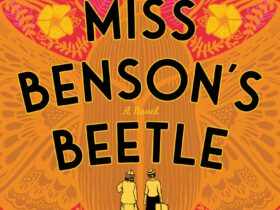


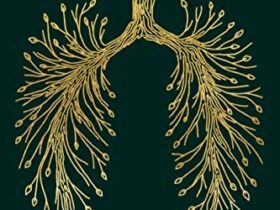
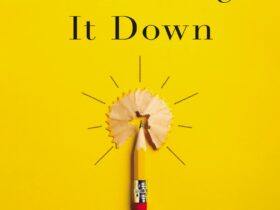

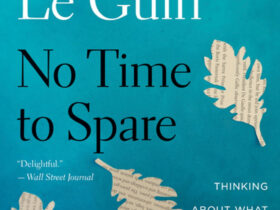



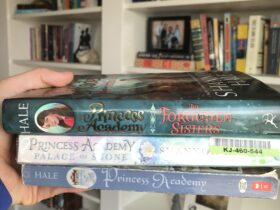






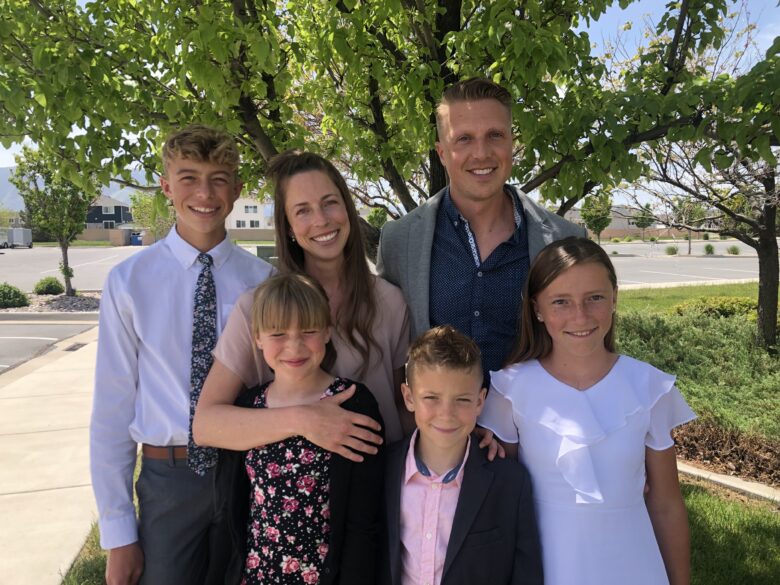
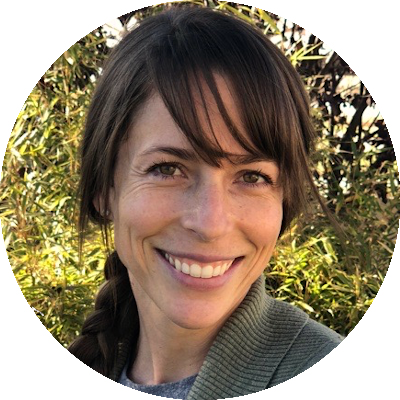
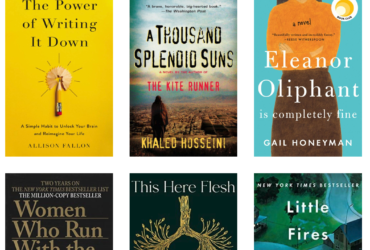




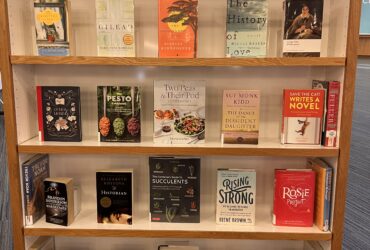
Leave a Reply